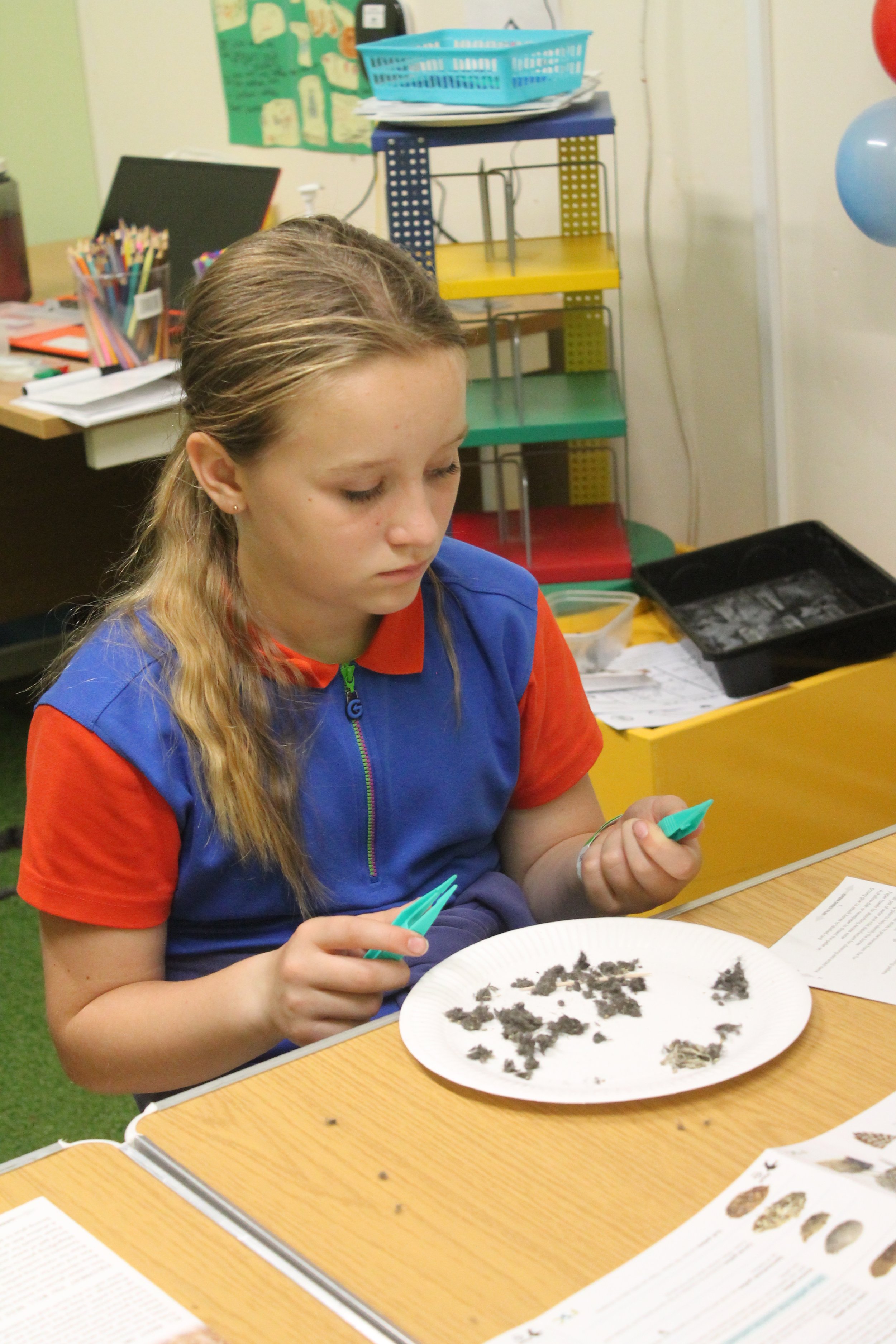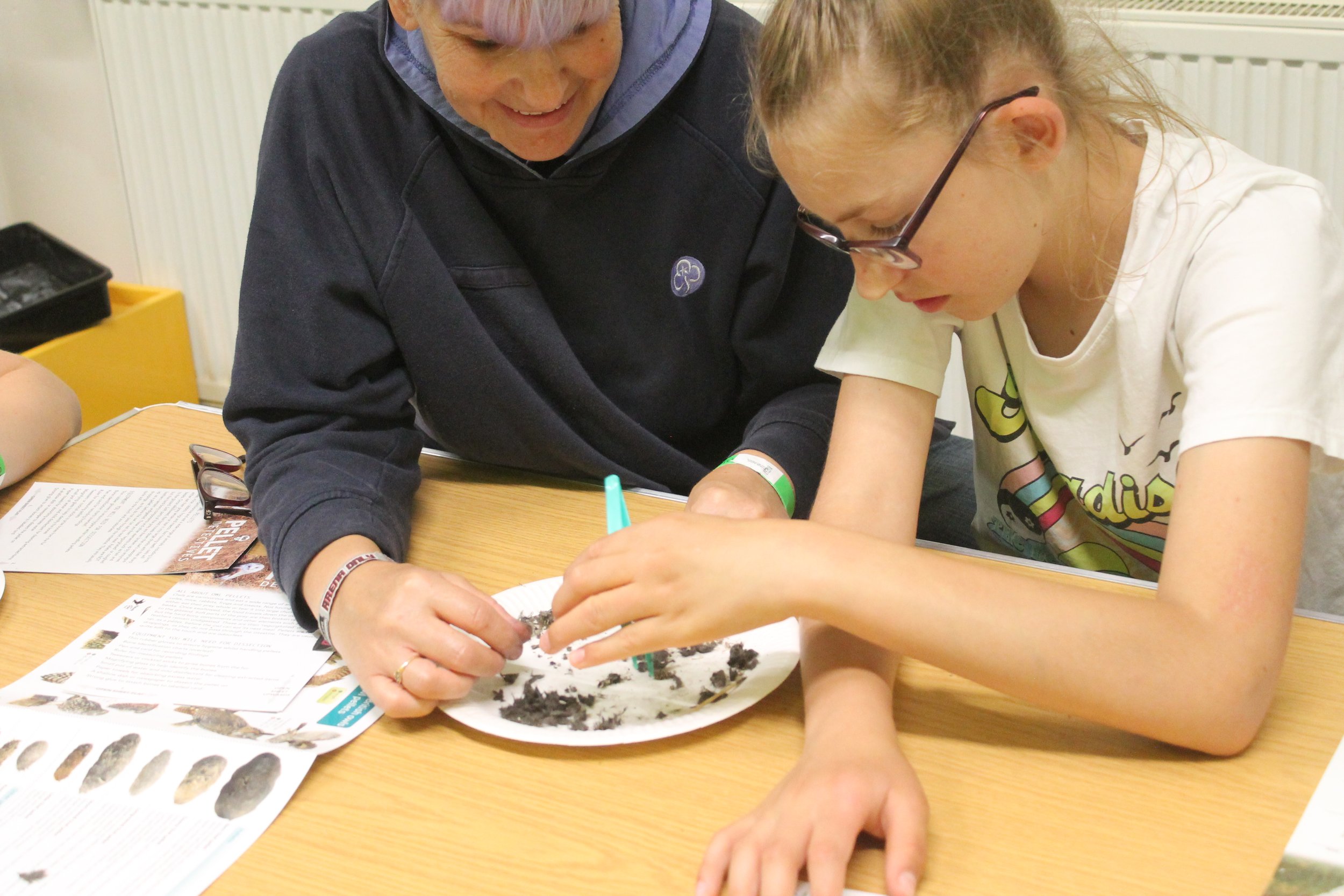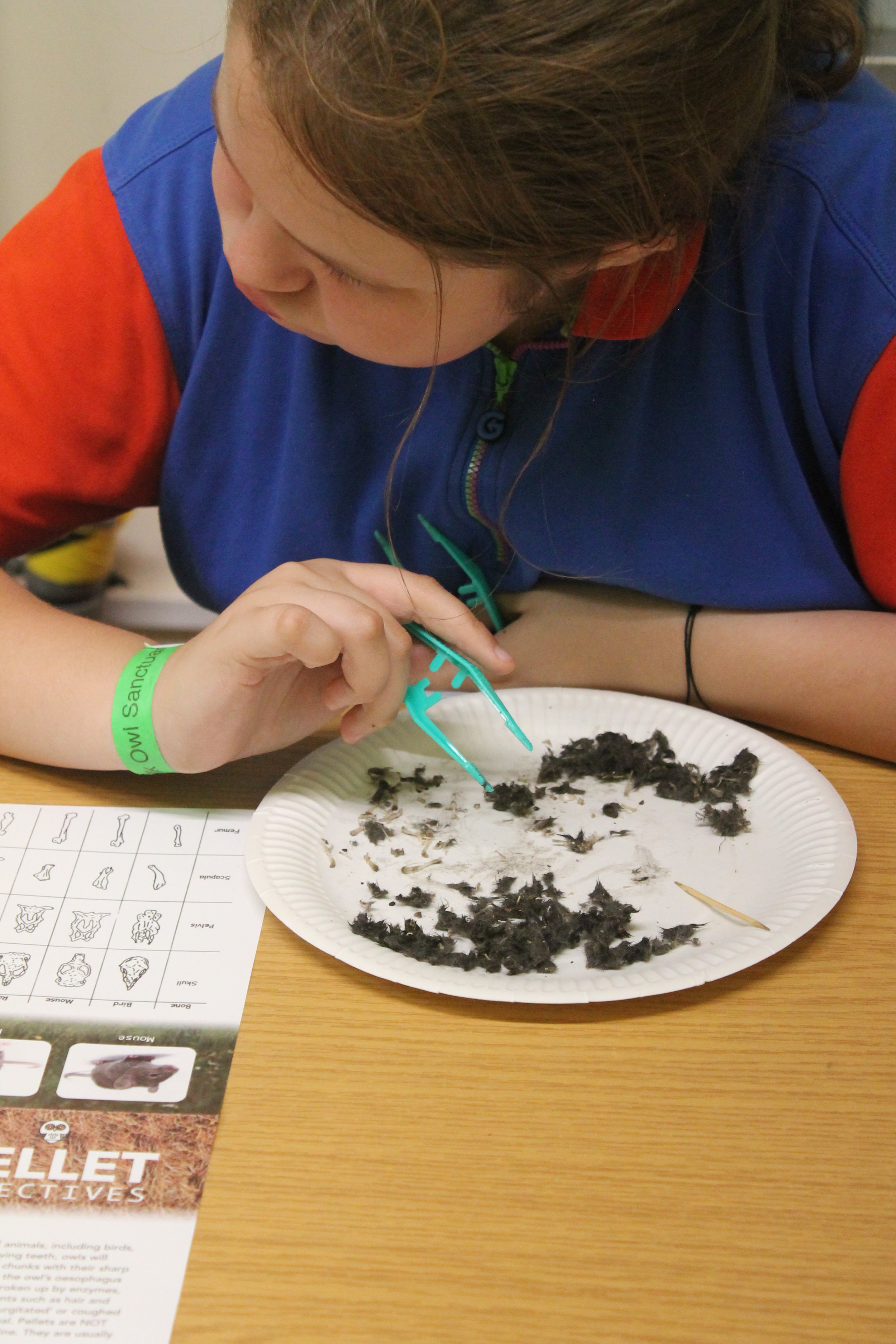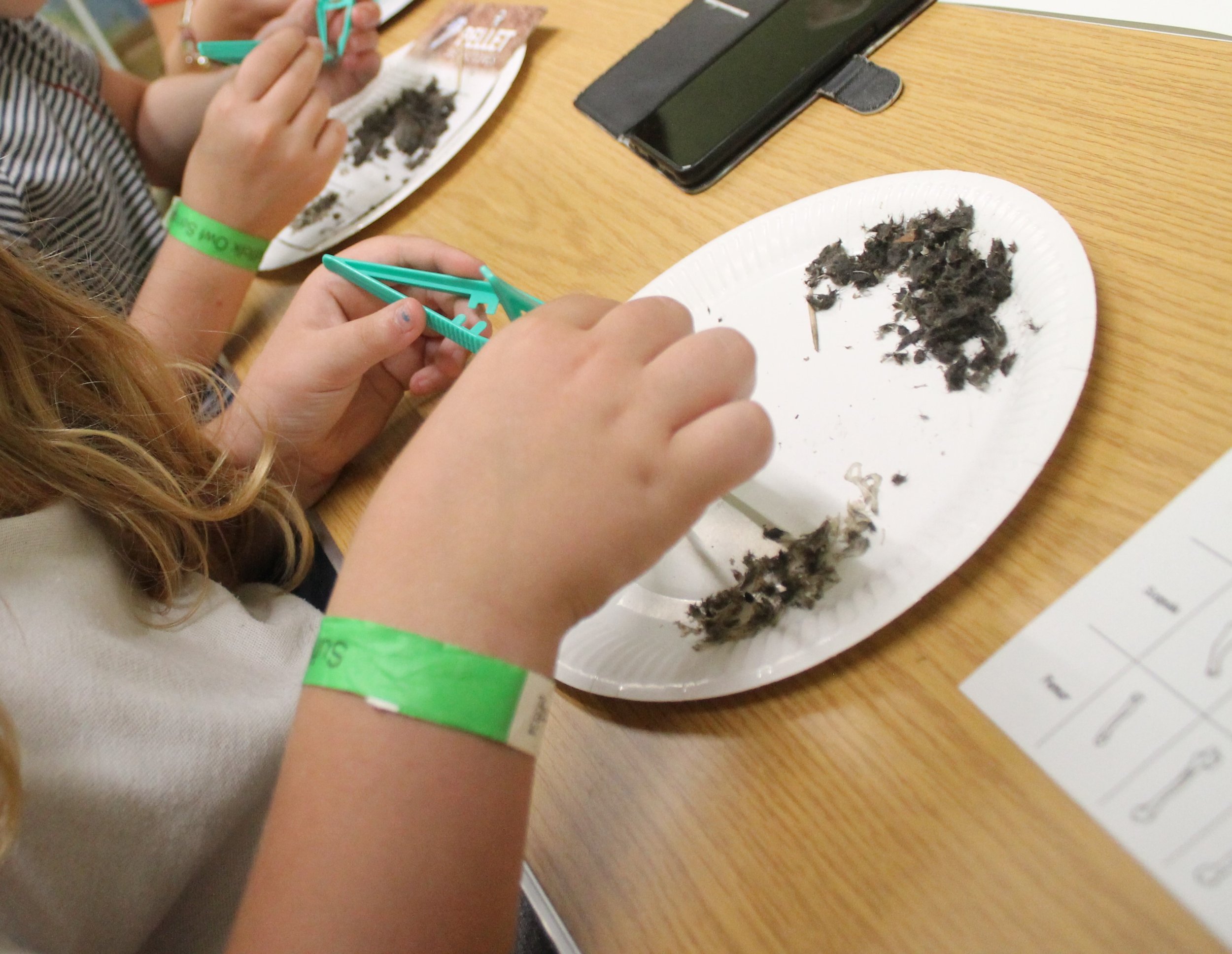We recently welcomed a group from 7th Ipswich Guides for a visit to the Owl Sanctuary.
The day started with a guided walk led by our Education Officer Susan, who showed them some of our beautiful birds and told the group about some of the conservation stories behind the species in the wild. This included a look in our Raptor Hospital, meeting our rescued Jackdaw chicks and finding out about Barn Owls, Vultures and Golden Eagles. The group then enjoyed our Meerkat feed and talk before taking their seats for our morning Flying Display.
Auckland incoming during a Flying Display. Photo by Rock N Ryder Photography
After lunch the group undertook an important task, becoming Pellet Detectives. As regular readers will know already, we are fortunate to have a number of hack release pens located locally to provide our Raptor Hospital patients with a chance to learn some essential life skills and gain fitness and confidence in a “wild” environment before they are actually released. These hack pens are especially useful for the many young birds we take in every breeding season.
A young Tawny Owlet in the hack pen
On a recent visit to a hack pen, Senior Falconer and Head of Hospital Jess collected some pellets from the ground beneath the perches. We were all curious to find out whether the young Tawny Owls who had been residing in this pen had been able to catch any of their own food, as the pens are designed to be attractive for rodents to encourage our birds to display natural hunting instincts.
Susan explained this to the Guides and tasked them to identify what species these owls had been eating. Over the course of an hour, the group diligently pulled the pellets apart, collecting bones for identification. The hack pens are provisioned with domestic House Mouse for the duration of the birds stay, so we were specifically looking for anything different.
The easiest way to identify different rodents from their bones is to find the lower jaw bone. This bone has a distinctive shape which is different between the species, so using the Field Studies Council Guide to Owl Pellets, the group scrutinised all the jaw bones they had found. As expected, the majority of the bones belonged to House Mouse, however, we were thrilled to also discover a Wood Mouse and some Beetle carapaces (wing cases), proving that these birds have been hunting and catching their own food!
“I can’t wait to take the bones to school and show my teacher, she loves science and I think she will love this as much as I do.”
After a quick tidy up and break, the group had an informative Raptor Rescue session, where Susan explained what they should do if they ever find an injured bird of prey. They then watched the afternoon Flying Display before congregating to choose their favourite photos of the day.
Susan explaining what to do if you find an injured bird of prey.
Susan says “It’s so important for us to engage with the next generation, as they are the conservationists of the future. The girls did a fantastic job dissecting the pellets and were able to follow the instructions to identify everything they found. Even those who were a bit hesitant at the start wanted to take their findings home with them, knowing that what they had found directly contributed towards our rescue efforts.”
Guide Leader Debbie said, ”I just wanted to say how amazing the day was. On the Tuesday evening {after the visit} listening to the group all chatting about the day while they were making their photo scrapbooks was brilliant. Then having their grown up’s telling me all the information they had shared when they got home was great too.
You were amazing, the wealth of knowledge you were able to impart at just the right level for them was fab.
We loved it so much that we returned the following weekend as a family to celebrate a birthday and were then able to tell my hubby and other daughter everything we’d learned.”








